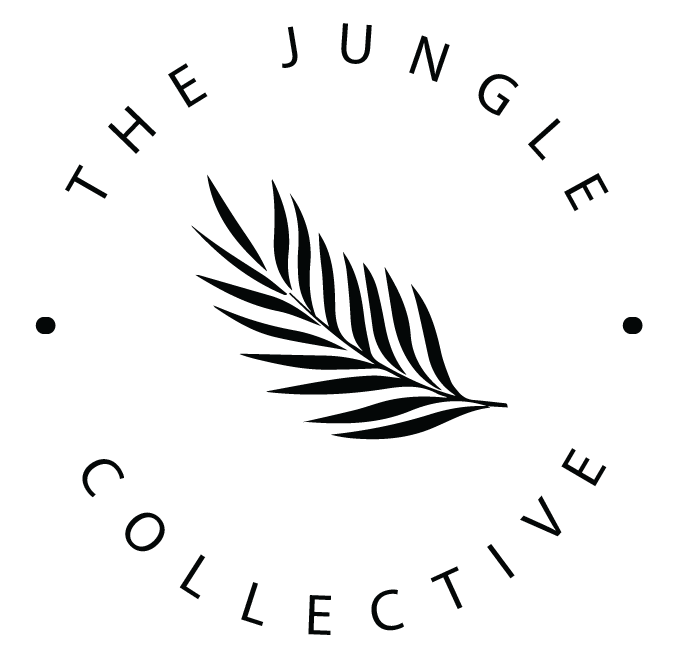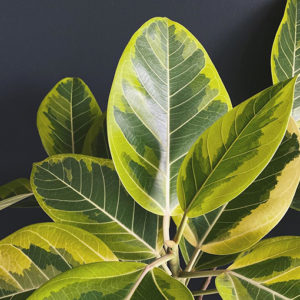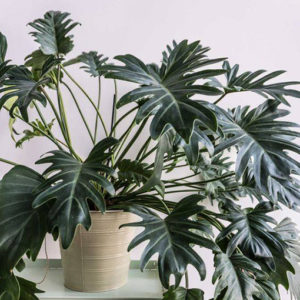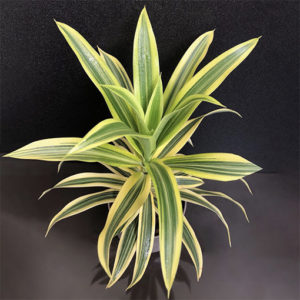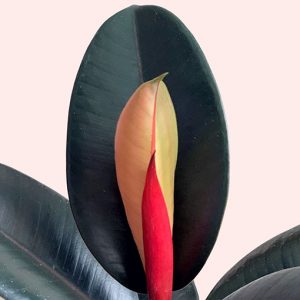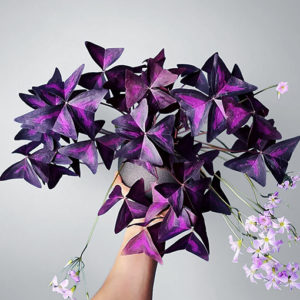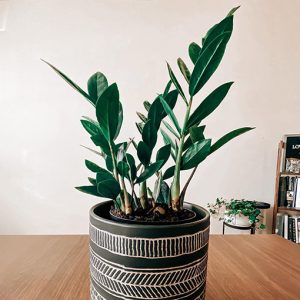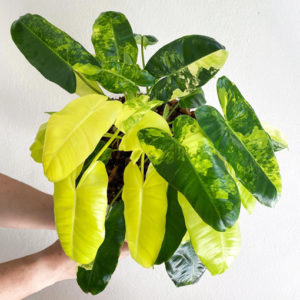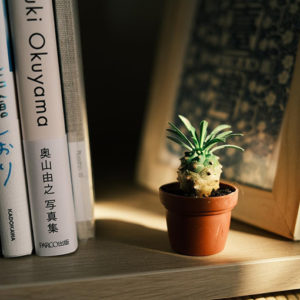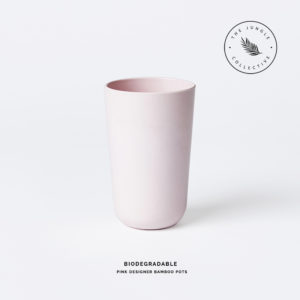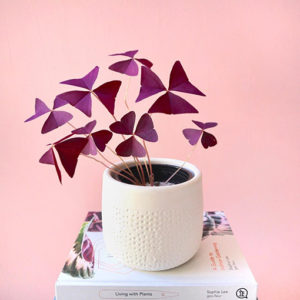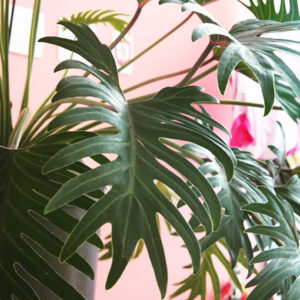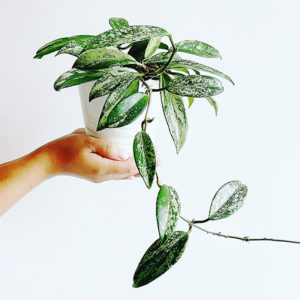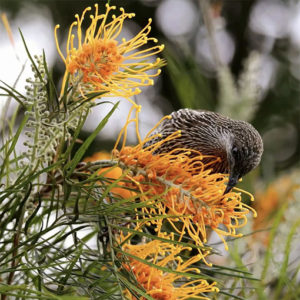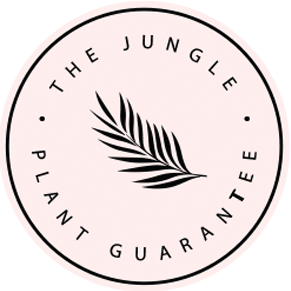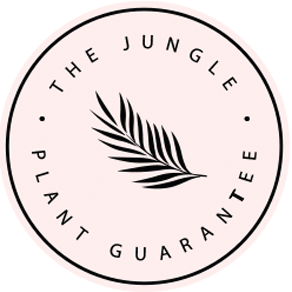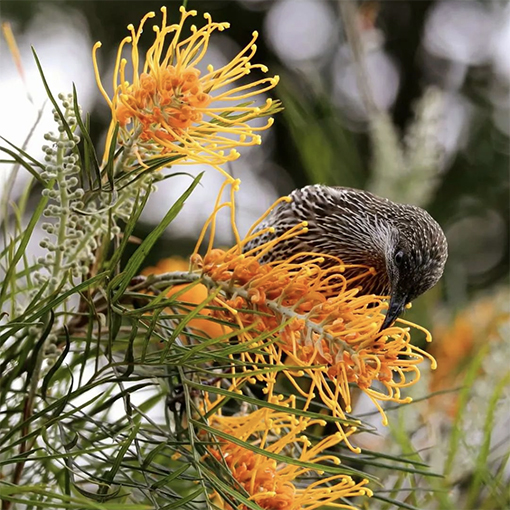
Sugar! Bum bum bum bum bum babum, Ooooh Honey, Honey, Bum bum bum bum bum babum, You are my candy girl! And you got me wanting you! The Grevillea Honey Gem such a sweety, you’ll want to add this GEM to your Native Collection! ✨✨✨
📷: @cricketriley_
Where to buy a Grevillea ‘Honey Gem’ Plant in Australia?
Why we’re glad you asked as we do our best to have a steady supply of Grevillea ‘Honey Gem’ plants.
Grevillea ‘Honey Gem’ Introduction
Grevillea Honey Gem is an attractive hybrid shrub popular for its honey coloured flowers that in the right conditions can flower year round. It generally grows to around 4m high and prefers warmer climates.
Grevillea “Honey Gem” is a hybrid between Grevillea pteridifolia and Grevillea banksii. Both parental varieties being common throughout Queensland, Australia, Grevillea ‘Honey Gem’ is said to be a native of Queensland, falling under the category ‘Queensland hybrids.’
Spotted with green-silver deeply dissected fern-like foliages and large racemes of bright orange/yellow flowers, Grevillea ‘Honey Gem’ grows into a wide shrub in an open habitat. They can grow to a size of about 4 meters in height and 3 meters wide. As the name implies, the flowers of Grevillea ‘Honey Gem’ are a storehouse of nectar. The scented, nectar rich flowers will be in full bloom and are most prolific in late Winter and until the end of Spring.
Great for hedging or as a single specimen plant in your garden, Grevillea ‘Honey Gem’ is a hardy plant and needs very little maintenance.
Grevillea ‘Honey Gem’ Planting
Young Grevillea ‘Honey Gems’ have a dense root system that helps it to establish quickly. Planting in an open garden, choose a wide spot with no other plants nearby so that your Grevillea ‘Honey Gem’ can spread its branches. You can even try them as screen plant as their finely divided foliage of the Grevillea ‘Honey Gem’ creates a dense brush or netted-like effect.
Grevillea ‘Honey Gem’ lighting and position
Grevillea ‘Honey Gem’ prefers a positioning with full sun, yet they survive well under partial shade. Plant your Grevillea ‘Honey Gem’ at a spot where it can receive at least a few hours of direct sunlight a day. Adapted to sub-tropical, warm temperate climates Grevillea ‘Honey Gem’ shows only moderate frost tolerance.
The wide and open growing habit of Grevillea ‘Honey Gem’ makes it a space seeker. They will often grow wider than tall in open spaces.
Grevillea ‘Honey Gem’ soil and fertilisation
Grevillea ‘Honey Gem’ prefers well-draining loamy or sandy soils for its best performance. If your soil is more clay add some gypsum for greater drainage. Mixing your soil with leaf litter and garden waste will also be beneficial for Grevillea ‘Honey Gem’. Grevillea ‘Honey Gem’ appreciates regular fertilisation but ensure its a phosphorous free. Spring is best time to feed your Grevillea ‘Honey Gem’. Regular garden compost will be an ideal recipe for a happy Grevillea ‘Honey Gem’. If using chemical fertiliser opt for those with less than 2% phosphorous. We recommend using our Plant food available here.
Grevillea ‘Honey Gem’ Watering
Your Grevillea ‘Honey Gem’ generally needs minimal watering for its normal growth, unless in a very dry location. They are well adapted to drought like conditions and dry soils, so regular watering is not a must. Young Grevillea ‘Honey Gem’ should be watered regularly until they are well established. If planting in Spring, take care to nurser them through Summer.
Grevillea ‘Honey Gem’ Propagation
Stem propagation is much favored over seed in Grevillea ‘Honey Gem’ as the latter may not yield the exact same variety. Semi-ripe stem cuttings are selected and treated with a rooting hormone before placing them into a potting mix. Containers with sand mixed with leaf litter or mulch would be ideal soil for the cuttings to establish. Place the potting under indirect sunlight, provided with regular misting. It takes about 6 months for the cutting to establish.
Growing from seed, do some pre-treatment as immersing them in warm water for about 12 hours will aid the rate of success. It will take about 8 weeks for the Grevillea ‘Honey Gem’ seeds to germinate. As a hybrid there is no guarantee that the seeds will be clones of the parent plant.
Grevillea ‘Honey Gem’ pruning and maintenance
Your Grevillea ‘Honey Gem’ benefits from heavy pruning. You can even coppice (cut them to the ground) to have more dense and fresh growth every year. Pruning at the end of Spring after it has done with flowering is preferred. Regular pruning can give you a dense and bushy shrub. Be careful not to injure the mature woody stems near to the ground.
Grevillea ‘Honey Gem’ Pests and Diseases
Grevillea ‘Honey Gem’ is an absolute delicacy for Grevillea leaf miner larvae and Looper caterpillars. You may try introducing ladybirds to the garden to feast upon these pests.
Scale insects can also attach to the stems and leaves of Grevillea ‘Honey Gem’ showing as small white bumps, which suck out the leaf sap, leaving behind yellow leaves and die back of the stems. Neem oil or insecticidal soap solution can be used to wipe the infected areas and of course it works!!
Grevillea ‘Honey Gem’ shows susceptibility to fungi that thrive on moist and damp surface. This includes Cinnamon fungus that causes root rot when the Grevillea ‘Honey Gem’ grows in waterlogged soils. Similarly, too much moisture left on the leaves while watering can cause leaf spot disease by fungi like Cercospora and Phyllostica. Identified as small brown decaying spots with hollow centres, once severe they can take over the whole plant. These diseases can be treated well with general fungicide, but a good habit is to add water to the soil of your Grevillea Honey Gem and not the leaves. For more information on how to manage common plant pests head to our blog here.
Grevillea ‘Honey Gem’ Toxicity
Grevilleas have a tier 3 toxicity, meaning some species in the genus can cause skin irritation or allergic reactions to some people when exposed to the plant sap. Better to look out for any health problems if, ingested accidently.
Grevillea ‘Honey Gem’ Design Tips
The Grevillea Honey Gem with its striking honey coloured flowers can look fantastic behind ground covers with blue/purple flowers like Dianella tasmanica or Purple Coral Pea – Hardenbergia Violacea Happy Wanderer or beside the Native Blue Hibiscus (Alyogyne Huegelii)
Plant individually or as a fence-line. Prune regularly for a denser form.
